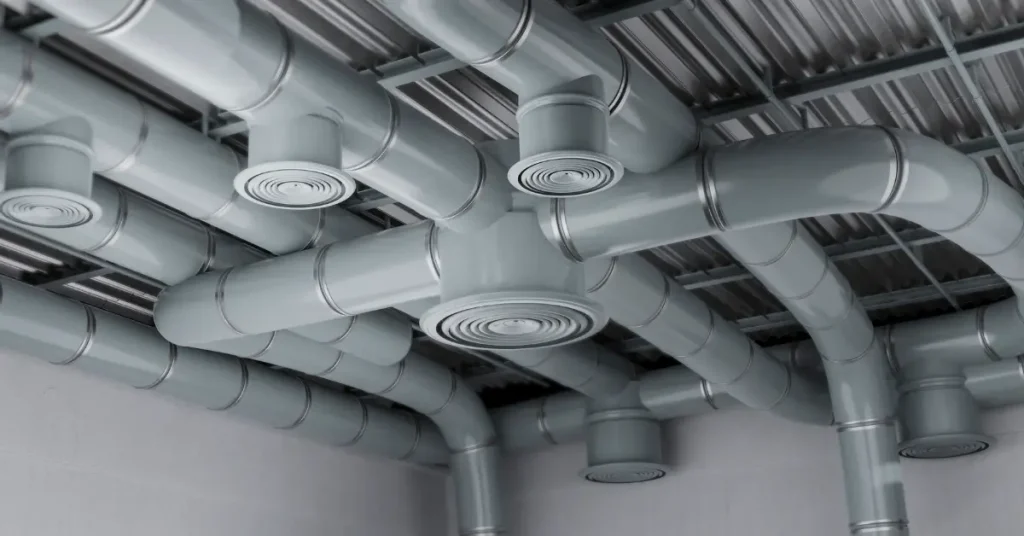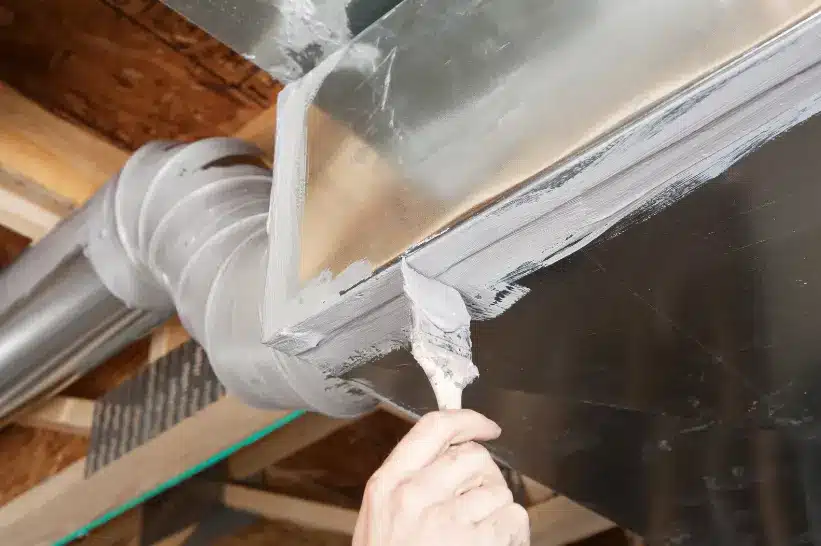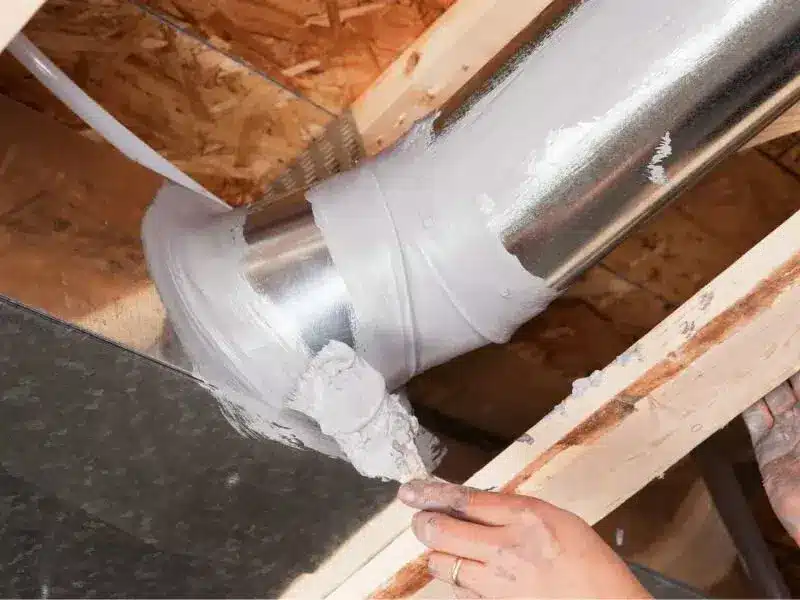
Thinking about a big HVAC project? It can seem tough. We’re here to help you understand the job. This guide walks you through the basics. You’ll learn what it takes to do the work right. Following these steps makes a huge difference. Let’s get started on your home comfort system.

Essential Tools for HVAC Ductwork Installation
First, you need the right equipment. Having everything ready makes the process smoother. Proper tools also ensure connections are tight and secure. This prevents leaks and saves you money. Let’s gather what you need before you install air ducts.
You need some basic hand tools and a few special items. Many are probably in your toolbox. For a typical job, make sure you have these:
- Tin snips for cutting metal.
- A reliable power drill.
- High-quality foil tape.
Mastic sealant for all joints. These items make the project much easier.
Step-by-Step Guide to Install Air Ducts
Now that you have tools, let’s discuss the process. A good job requires careful steps. Rushing leads to mistakes and poor performance. We will break it down into two parts. Following a plan is key to success. This is how professionals approach the project.
1: Planning Your System Layout
A solid plan is your most important tool. You must map out where everything will go. Think about the most direct path. Shorter, straighter runs are more efficient. This planning ensures every room gets proper conditioning. Measure spaces carefully before cutting. It’s a crucial step when you install air ducts.
2: Connecting to Your AC Unit
Next, you will connect new pathways to the main unit. This central point is the plenum. The connection must be sealed perfectly. Any gaps cause major efficiency losses. Use mechanical fasteners and mastic sealant here. This process creates a strong, lasting bond for your system.

Challenges When Installing Ductwork in an Old House
Working in an older home brings unique problems. You might find tight spaces in walls or ceilings. This makes running new lines tricky. Older construction can also be a surprise. You may need to get creative. Patience is key when you install air ducts in an old building.
Working with Existing Systems
You may need to connect new work to an old system. First, check the condition of the existing lines. Are they clean and well-sealed? It may be better to replace some old sections. Tying into a poor system will not help. An evaluation is needed before you install air ducts.
Professional Installation: Ensuring Proper Airflow
While DIY is possible, some things need an expert touch. Proper circulation is a science. A professional calculates needs for each room. This ensures your system isn’t working too hard. They have tools to measure and balance everything. Consider this if you want to install air ducts for peak performance.
A well-done job keeps you comfortable and saves energy. A professional guarantees the work is safe and efficient. They make sure every connection is sealed and every run is optimized. For peace of mind, calling an expert to install air ducts is often the smartest choice.
